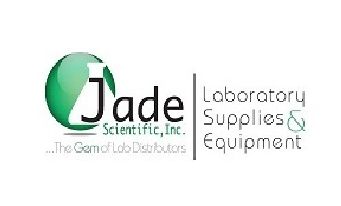
The most common piece of lab equipment in several labs is laboratory glassware. The test tube is one of many glassware types used in biological and chemical laboratories. A test tube is a long, cylindrical, hand-held container with a finger-like form used in various research. There are various types depending on the components and the experiment’s goal. You can use test tube brushes to clean the test tubes, which are easily available in the market.
Test tubes serve various purposes depending on the laboratory they are used in. For example, test tubes are used in a chemistry lab to evaluate the characteristics of multiple compounds and gases. The microbiology lab uses it similarly to create culture media, gather samples, and store fluids. The top of the test tubes is open while the bottom is closed. Most test tubes have a slightly curved or spherical base. The test tubes range significantly in length and diameter, from small to enormous culture tubes.
Sizes of Test Tubes
Test tubes come in various sizes, with dimensions ranging from 10 to 20 mm in width to 50 to 200 mm in length. 18 mm x 150 mm test tubes are the typical size used in labs.
- Extra-tiny tube: 4 mm x 40 mm or 5 mm x 35 mm. It can be used to find the gas that bacteria create. To capture the gas, these are positioned upside down.
- Small tube: The small tube is 13 mm x 100 mm and holds 9 ml of ingredients. It facilitates carrying out various kinds of experiments.
- Medium tube: The dimensions of the medium-sized tube are 16 mm x 150 mm. It can carry about 22 ml of substance.
- Large tube: The dimensions of large test tubes is 20 mm x 200 mm. It can carry 28 ml of material.
Uses of Test Tubes
Depending on the laboratories, test tubes can serve a variety of purposes. These tubes are used in chemical laboratories to experiment with two or more compounds in various forms and to test the properties of the substances. The following are some of the many uses for test tubes:
- In clinical laboratories, samples such as body fluids are collected in sterile, clean test tubes. To validate the diagnosis of a condition, it helps to move samples effectively from one location to another.
- Phlebotomy involves blood collection, and blood collection tubes are test tubes with color-coded covers that help identify the preservatives added to the tube and the purpose of the blood collection. Blood is drawn from the veins inserted in the blood-collecting tube by phlebotomy.
- Broth or liquid medium is often made in test tubes. In the test tube, other biochemical media are also created. It aids in the microbial identification process.
- In the chemistry lab, a test tube helps study substances. Several tests are performed in a test tube to examine chemicals’ physical and chemical characteristics in their various physical states.
- Test tubes are used in clinical and microbiological laboratories to collect samples and blood and complete other tests, mainly cultivating cancer cells and biochemistry tests, which aid in diagnosing diseases. As test tubes are used to analyze different samples, it is mandatory to clean them by using test tube brushes.
- Since some samples and chemicals may be used frequently, test tubes can also be used to save and store them for the test and subsequent tests.
- Various experiments, such as Benedict’s tests and Fehling’s tests, call for heating the material to mix it or produce accurate results. Thus, research is made more accessible by employing a test tube.
For any laboratory equipment, you can contact Jade Scientific, Inc.
